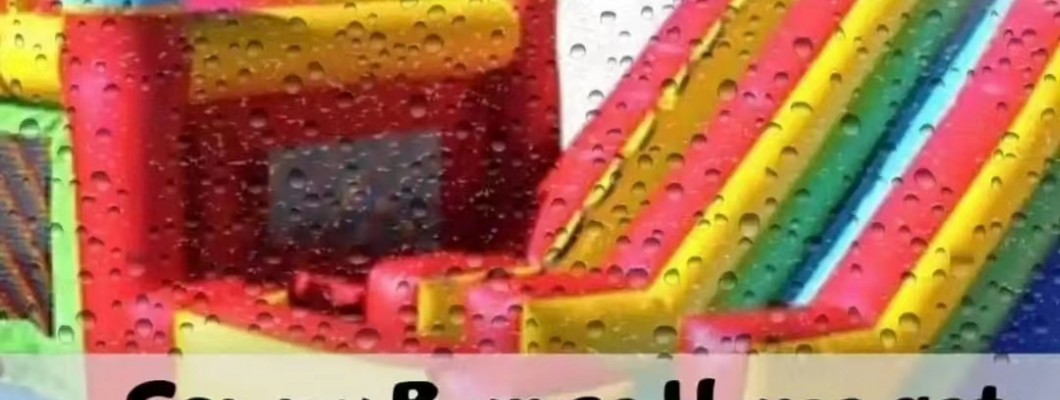
Using a bouncy castle in the rain is generally not recommended. While modern bouncy castles are often made from water-resistant materials, they are not designed to be used in wet weather conditions for several reasons:
1. Safety Concerns
Wet surfaces on a bouncy castle can make it slippery, increasing the risk of slips, falls, and accidents. The likelihood of children getting injured may rise when the surface is wet. The reduced traction can lead to dangerous situations as children bounce and play.
2. Damage to the Bouncy Castle
Inflatable structures, including bouncy castles, are not designed to be exposed to heavy rain or water for extended periods. Water can seep into the seams and fabric, potentially causing damage to the castle and reducing its lifespan. Prolonged exposure to moisture can lead to mold growth and deterioration of the materials.
3. Electric Components
Bouncy castles often have electric blowers to keep them inflated. Water and electricity are a dangerous combination, and using a blower in the rain can pose an electrical hazard. It is crucial to keep all electrical components dry to avoid the risk of electrical shock and equipment damage.
4. Additional Considerations
In addition to the above concerns, using a bouncy castle in the rain can also make it difficult to clean and maintain. The wet environment can lead to increased wear and tear on the inflatable and its components.
Conclusion
To ensure the safety of children and the longevity of the bouncy castle, it is best to avoid using it in rainy conditions. If rain is forecasted or begins during use, it is advisable to deflate and store the bouncy castle until the weather improves. Proper planning and weather monitoring can help prevent issues related to using inflatables in adverse conditions.

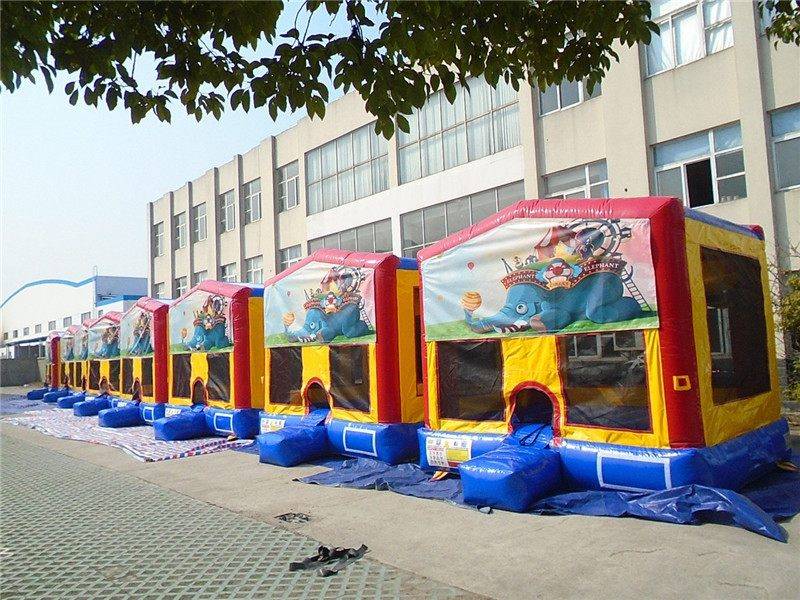
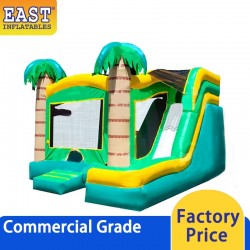
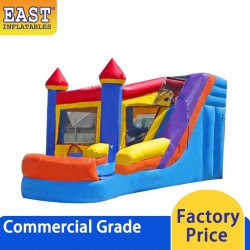
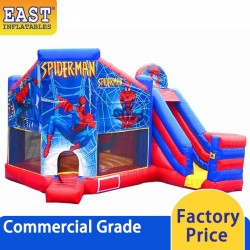
Leave a Comment